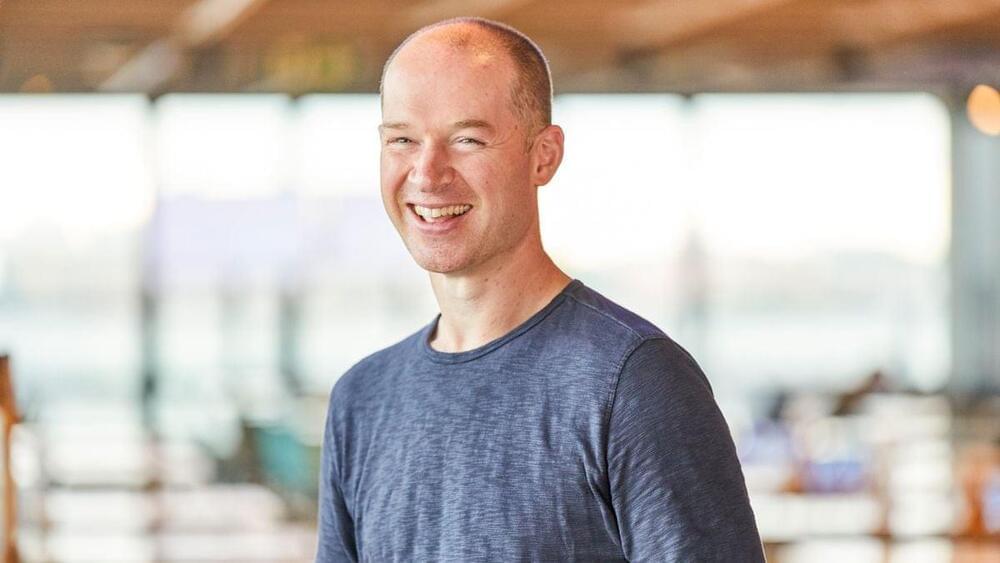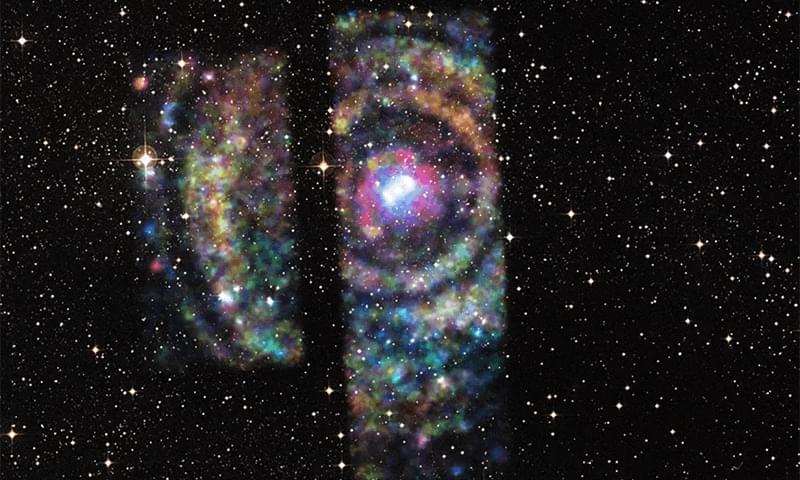In their public lecture at Perimeter on May 1, 2019, neuroscientist Anne M. Andrews and nanoscientist Paul S. Weiss outlined their scientific collaboration and explained the importance of communicating across disciplines to target significant problems. \
\
Perimeter Institute (charitable registration number 88,981 4323 RR0001) is the world’s largest independent research hub devoted to theoretical physics, created to foster breakthroughs in the fundamental understanding of our universe, from the smallest particles to the entire cosmos. The Perimeter Institute Public Lecture Series is made possible in part by the support of donors like you. Be part of the equation: https://perimeterinstitute.ca/inspiri…\
\
Subscribe for updates on future live webcasts, events, free posters, and more: https://insidetheperimeter.ca/newslet…\
\
facebook.com/pioutreach \
twitter.com/perimeter \
instagram.com/perimeterinstitute \
Donate: https://perimeterinstitute.ca/give-today
Get the latest international news and world events from around the world.
Euclid: Gate to the dark
ESA’s Euclid mission is on a quest to unveil the nature of two elusive ‘dark’ entities. As the renowned theoretical physicist Stephen Hawking remarked in 2013, “The missing link in cosmology is the nature of dark matter and dark energy”
During the last 70 years, scientists have made enormous progress in understanding the very initial phases of the Universe and its evolution to the present day. Thanks to advances in observations and theoretical modelling, a clear picture has emerged of how stars form, and how galaxies grow and interact with each other, coming together to form groups and clusters.
Yet, fundamental mysteries remain. 95% of the Universe appears to be made up of unknown ‘dark’ matter and energy. Dark matter and energy affect the motion and distribution of visible sources but do not emit, reflect or absorb any light. And scientists do not know what these dark entities actually are.
To address this question, Euclid will create a great map of the large-scale structure of the Universe across space and time by observing with unprecedented accuracy billions of galaxies out to 10 billion light-years. This is not easy, and making sure that Euclid is up to the task has required the expertise and dedication of many people over several years of work.
This video captures the journey behind the Euclid mission, from a human and intensely visual perspective. It shows tiny screws, winding cables and shiny surfaces in a whole new light, revealing how each piece comes together to form the space telescope. Be drawn in by awe-inspiring photos of the cosmos, and stay for the seemingly choreographed ballet of teamwork necessary to assemble and test the spacecraft, before being swept away by the emotion of the launch into space.
Euclid’s adventure has begun. With its observations during the coming years, it will help us uncover the missing link in cosmology and open the gate to the ‘dark’ side of the Universe.
Elon Musk responds to man who built wooden Cybertruck
A man spent 100 days building a fully functioning Cybertruck using just wood to get Elon Musk’s attention, and it worked.


Nio ET7 records 14-hour, 649-mile electric drive on a single charge
Chinese automaker Nio’s flagship electric sedan, the ET7, completed a historic journey of 649 miles (1,044 kilometers) on a single charge. The feat, led by Nio’s CEO William Li, not only showcased the capabilities of the ET7 but also highlighted the advancements in Nio’s cutting-edge battery technology.
CEO William Li’s announcement on Weibo
Nio’s CEO, William Li, took to the Chinese social media platform Weibo to announce the success of the 150kWh battery endurance challenge. He shared, “The 150kWh battery life challenge was completed, with a final score of 1,044 kilometers!” Li emphasized the challenging conditions, including a nationwide cold wave, during the 14-hour journey from Shanghai to Xiamen. Despite starting at a chilly 28 Fahrenheit (−2 degrees Celsius), the ET7 showcased exceptional performance, reaching its destination with 3 percent battery power remaining.
Was the Big Bang the Beginning? Reimagining Time in a Cyclic Universe
A universe that continually expands has long been the dominant cosmological framework. But a universe that undergoes cycles of expansion and contraction, perhaps for all time, has recently been analyzed mathematically, and its proponents claim that it provides a more convincing cosmological paradigm. Join leaders of this renegade approach as they make the case for a new kind of cosmology that reimagines time.
The Big Ideas Series is supported in part by the John Templeton Foundation.
Participants:
Peter Galison.
Anna Ijjas.
Paul Steinhardt.
Moderator:
Brian Greene.
SHARE YOUR THOUGHTS on this program through a short survey:
https://survey.alchemer.com/s3/764115… Landing Page: https://www.worldsciencefestival.com/.… — SUBSCRIBE to our YouTube Channel and “ring the bell” for all the latest videos from WSF — VISIT our Website: http://www.worldsciencefestival.com — LIKE us on Facebook: / worldsciencefestival — FOLLOW us on Twitter:
/ worldscifest #bigbang #cosmology #briangreene.
WSF Landing Page: https://www.worldsciencefestival.com/.…

Colin Murdoch, from Google DeepMind: ‘Gemini will transform the way billions of people live and work’
Google has been dominating the development of artificial intelligence (AI) systems for years. This has undoubtedly been helped by its 2014 acquisition of DeepMind, the London-based startup focused on AI research that developed AlphaGo, a program capable of defeating a grand champion of complex Asian board game Go, which opened debate on whether the AI would eventually surpass the human mind.
But Google’s unquestioned dominance was interrupted last year by another startup — OpenAI. The launch of ChatGPT, the most successful application in history, caught big technology companies off guard, and forced them to accelerate their AI programs. In April of this year, DeepMind — which until then had functioned as a relatively independent research laboratory— and Google Brain — the technology company’s other major research division — merged into a single organization: Google DeepMind, which has some of the best AI scientists in the world.
Colin Murdoch, 45, is the chief business officer of Google’s new AI super division, which has just presented its first toy: Gemini, a multimodal generative AI platform that can process and generate text, code, images, audio and video from different data sources. Those who have used it say that it far surpasses the latest version of ChatGPT, and that it puts Google back in the fight to dominate the market.

Wildflowers Adapting to Insect Apocalypse by Pollinating Themselves, Scientists Say
This may sound great at first glance, but researchers say it could signal the start of a “vicious cycle.”
The world is undergoing an insect apocalypse, with our buggy friends experiencing global mass population decreases at an estimated 2 percent yearly due to a woeful combination of climate change, pesticides, habitat loss, and other human-made ills.
How are flora — which often rely on insects for pollination — adapting to this massive change within the worldwide food chain? Researchers in France have now revealed one way: turning to self-pollination.
In a new study published in the journal New Phytologist, researchers have found that wildflowers in a patch of farm meadow in the Paris region have increasingly adapted to self-fertilization.

Quantum physicists just got more certain about quantum uncertainty
An extension of Heisenberg’s uncertainty principle, which places limits on how precisely you can measure the properties of quantum objects, has found that it really isn’t possible to cheat the laws of quantum physics.
